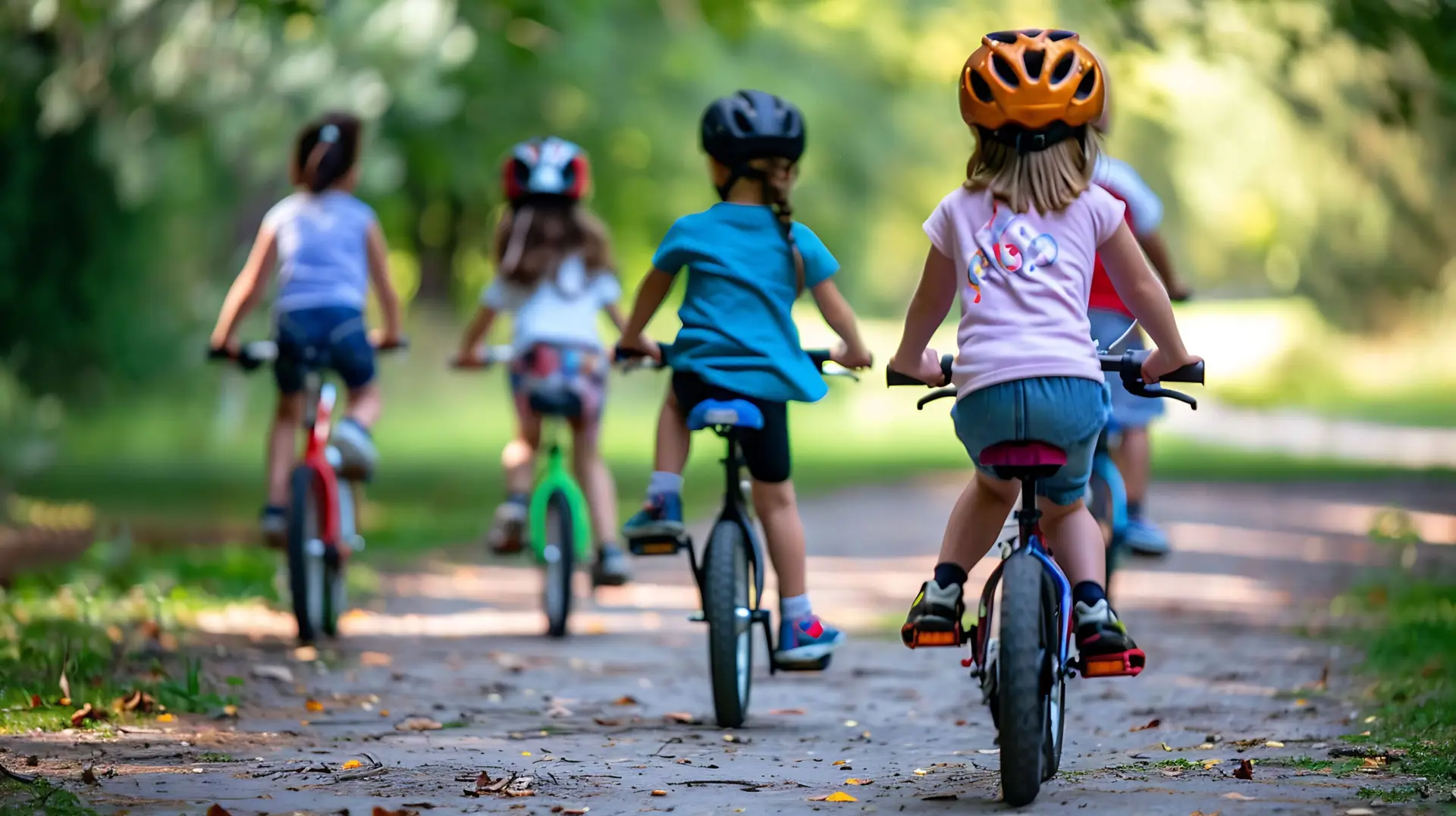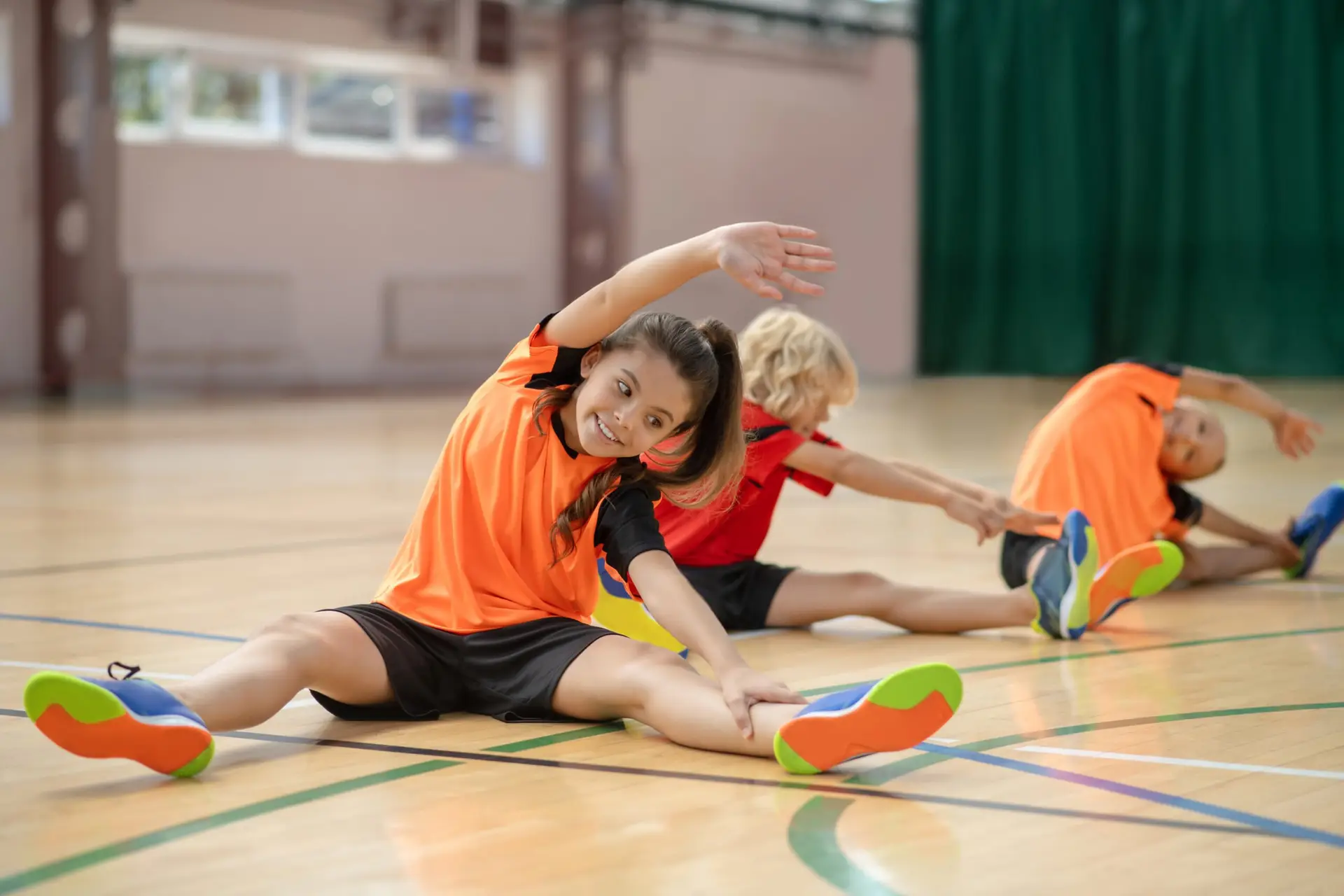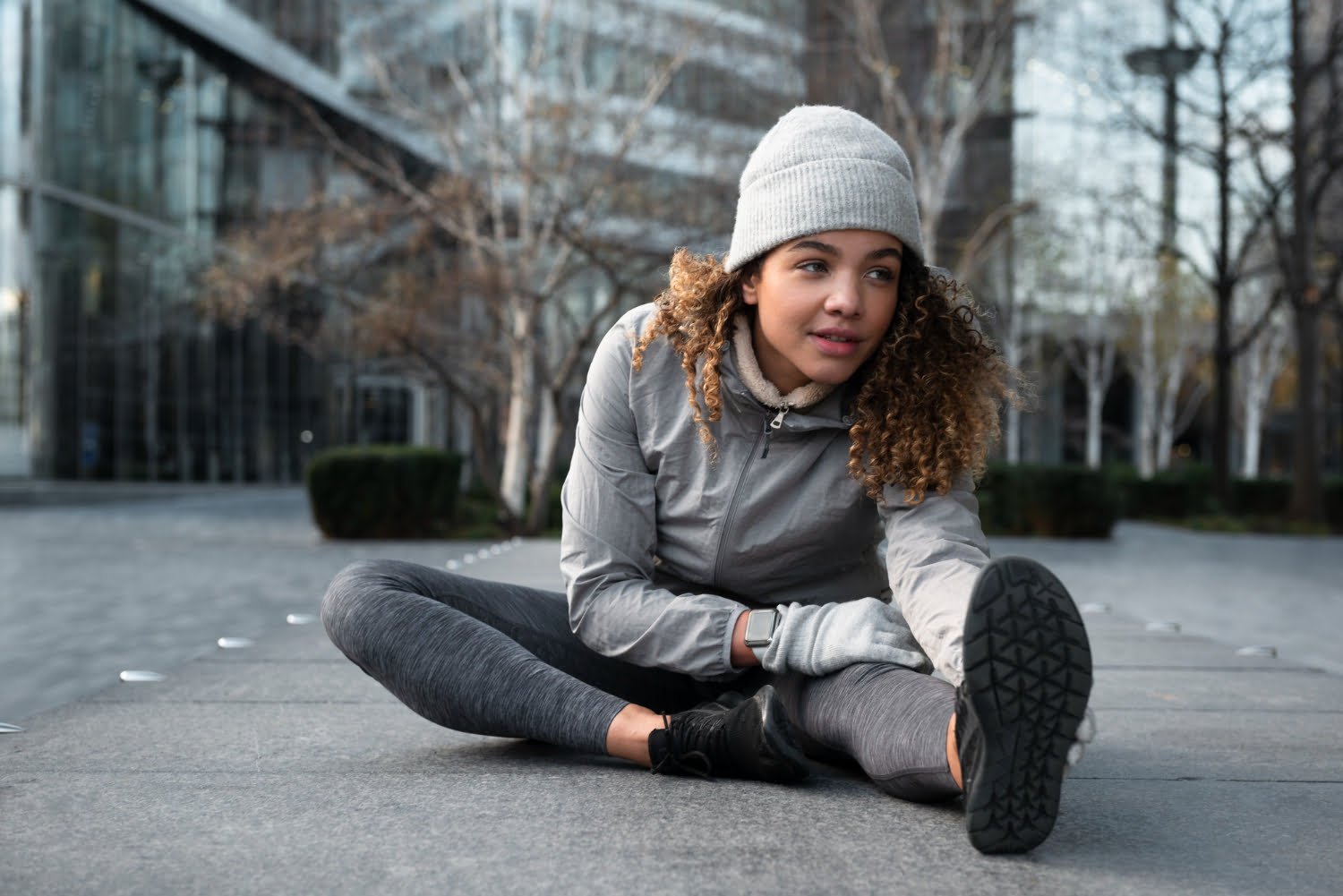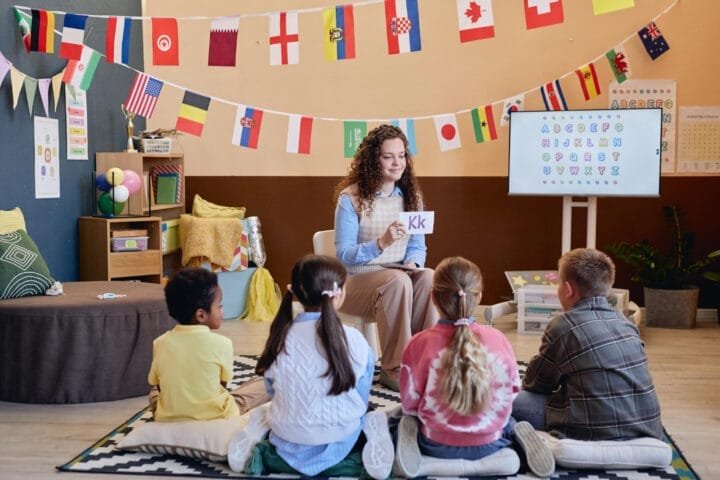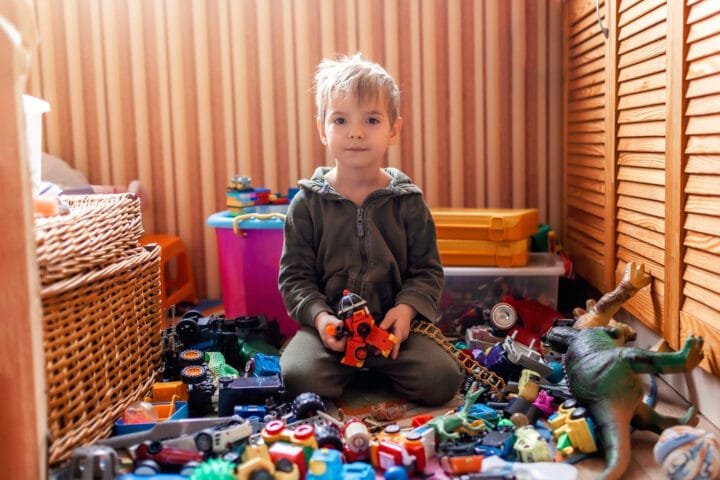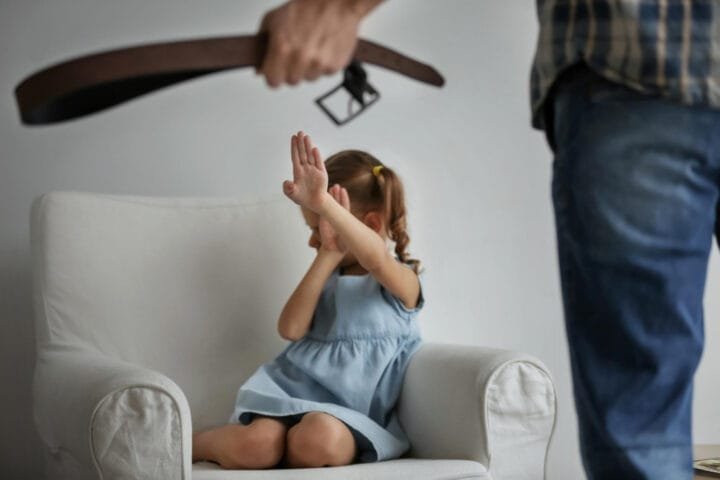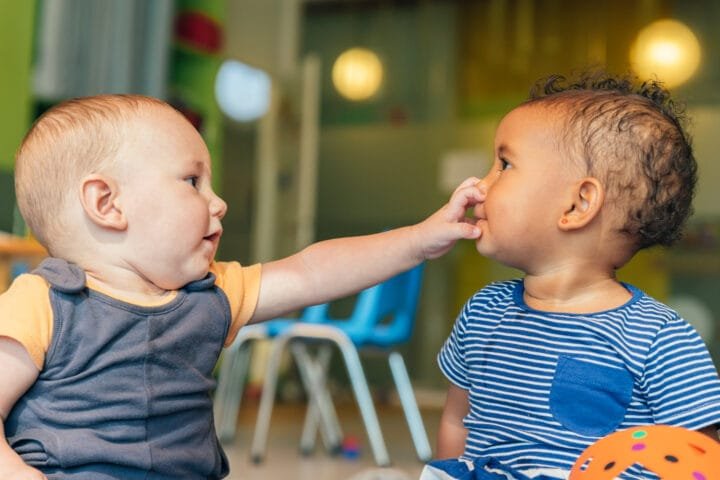The Ultimate Guide to Sizing a Bike for Kids: Ensuring Safety, Comfort, and Fun
The Shocking Truth About Kids’ Bike Sizes That Could Put Your Child at Risk
You can imagine the disappointment and danger if your child receives a bike that isn’t large enough for their birthday. 85% of parents need to realize the importance of proper bike sizing, putting their children at risk of injury and hindering their cycling progress.
It is not just about comfort; it’s about safety, confidence, and instilling a lifelong love of cycling. I’m a certified bike fit expert with two avid cyclists. You can make informed bike sizing decisions for your child using this ultimate guide.
Understanding your child’s bike size and implementing it is easy with this comprehensive article. Whether your child is just starting or ready to conquer mountain trails, you’ll learn everything you need to know, from decoding size charts to avoiding common pitfalls in this article.
Kids’ bikes must be the right size to ensure safety and health. So buckle up, and let’s get started! As well as bikes, safety gear, including helmets and knee and elbow pads, is crucial.
1. Understanding Kids’ Bike Sizing Basics
Regarding kids’ bike sizes, there’s more than meets the eye. Let’s break down the essentials to ensure you’re on the right track.
1.1 Wheel Size vs. Frame Size: What’s the Difference?
Kids’ bikes need large wheels. Unlike adult bikes, which are measured by frame size, children’s bikes are measured by wheel diameter. Discovering the right fit begins with determining the right wheel size.
Kids’ bikes typically have wheel sizes from 12 inches for toddlers to 26 inches for older children and teens. Each size corresponds to a particular age range and height; these are just guidelines.
Even though frame size is less emphasized on kids’ bikes, it still plays a role in overall fit. It affects bike standover height and reach.
1.2 Age-Based Sizing: A Starting Point, Not a Rule
You’ve probably seen those colorful charts in bike shops showing age ranges for different bike sizes. While they’re a handy starting point, relying solely on age for bike sizing is like trying to fit a square peg in a round hole – it just doesn’t work.
Why? Because children grow at different rates. A tall 5-year-old might be comfortable on a bike typically recommended for 7-year-olds, while a petite 8-year-old might still fit best on a smaller model.
According to a study by the American Academy of Pediatrics, children’s growth patterns can vary by as much as 4 inches among peers of the same age. This variation underscores the importance of looking beyond age when selecting a bike.
1.3 Key Measurements: Height, Inseam, and Reach
To truly nail the right bike fit, we need to focus on three critical measurements:
- Height: This gives us a general idea of which bike size category to consider.
- Inseam: The most crucial measurement for bike sizing is determining if your child can comfortably stand over the bike and reach the ground.
- Reach: This affects how well your child can grasp the handlebars and maintain proper posture while riding.
To measure your child’s inseam:
- Have them stand against a wall with their feet apart.
- Place a book between their legs, mimicking a bike seat.
- Measure from the book’s top to the floor.
This inseam measurement is your golden ticket to finding the right bike size. A properly fitted bike should allow your child to touch the ground with their toes while seated, ensuring stability and control.
Remember, these measurements aren’t just numbers – they’re the foundation of your child’s cycling confidence and safety. The next section will guide you through using these measurements to find the perfect bike fit, providing you with the support you need in this important journey.
2. The Approach to Bike Sizing
This systematic method ensures we find the most appropriate fit for your child.
2.1 Measure: Gathering Accurate Child Measurements
Precision is key when kids’ bike sizing. Here’s how to get those measurements:
Height Measurement Techniques
- Use a wall-mounted height chart or a tape measure against a wall.
- Have your child stand straight, heels against the wall, looking forward.
- Place a book or flat object on their heads, parallel to the floor.
- Mark the spot and measure from the floor to the mark.
Inseam Measurement Methods
We covered this briefly earlier, but let’s dive deeper:
- Have your child stand against a wall, feet slightly apart.
- Place a book between their legs, spine up, mimicking a bike seat.
- Ensure the book is snug against their crotch.
- Measure from the book’s top to the floor.
Pro tip: Measure twice to ensure accuracy. Even a half-inch difference can affect bike fit.
Arm Length and Reach Considerations
While often overlooked, arm length plays a crucial role in bike comfort:
- Measure from your child’s shoulder to their wrist.
- This helps determine if they can comfortably reach the handlebars.
Remember, a bike that’s too long in reach can cause your child to stretch uncomfortably, leading to poor control and potential safety issues.
2.2 Evaluate: Assessing Bike Specifications
Now that we have our measurements, let’s consider what to consider when using the bikes.
Wheel Sizes and Corresponding Age Ranges
Here’s a quick reference guide:
- 12″ wheels: Ages 2-4
- 14″ wheels: Ages 3-5
- 16″ wheels: Ages 5-8
- 20″ wheels: Ages 6-10
- 24″ wheels: Ages 9-12
- 26″ wheels: Ages 11+
Remember, these are guidelines. Your child’s measurements are more important than their age.
Frame Geometry and Fit Impact
Frame geometry affects bike handling and fit. Key aspects include:
- Top tube length: Influences handlebar reach
- Seat tube angle: Affects pedaling efficiency
- Head tube angle: Impacts steering responsiveness
Different bike types (mountain, road, BMX) have varying geometries to suit their intended use.
Standover Height and Importance
The standover height should be about 1-2 inches above the top tube to ensure your child’s safety and confidence. This is done with both feet flat on the ground.
In a Consumer Product Safety Commission study, improper standover height was a leading cause of bicycle-related injuries among children. Use this measurement to your advantage.
2.3 Compare: Matching Child to Bike
The magic happens here: finding the exact match between your child and their new bike.
Using Size Charts Effectively
Most manufacturers provide size charts, but they’re not one-size-fits-all. Use them as a starting point, then consider your child’s measurements.
The Inseam-to-Seat Height Ratio Method
This is a foolproof way to ensure the right fit:
- The minimum seat height should be 1 inch taller than your child’s inseam.
- The maximum seat height (for growth) should be no more than 3 inches taller than the inseam.
This method allows for proper leg extension when pedaling while ensuring your child can safely put their feet down when stopped.
Accounting for Growth Potential
Kids grow fast, but don’t be tempted to buy a bike that is too big. A bike that fits well now but allows growth is ideal. Look for bikes with:
- Adjustable seat posts
- Adjustable handlebars
- Frame designs that accommodate growth
2.4 Examine: Test Riding and Final Adjustments
It’s all in the pedaling. Make sure your bike is a perfect fit with a test ride.
In-store Fitting Process
A successful bike shop will:
- Adjust the seat height based on your child’s inseam
- Check the handlebar reach
- Ensure the child can comfortably reach the brake levers
Key Indicators of a Good Fit During a Test Ride
Watch for these signs:
- Your child can easily reach the ground with their toes while seated
- They can comfortably grip the handlebars without stretching
- Their knees don’t hit the handlebars when turning
- They can operate the brakes easily
Fine-tuning Seat and Handlebar Positions
Even after purchase, minor adjustments can make a big difference:
- Seat height: Adjust for a slight bend in the knee at the bottom of the pedal stroke
- Handlebar height: Should allow for a slight bend in the elbows when gripping
- Brake levers: Ensure they’re within easy reach of small hands
The next section will explore special considerations for different types of children’s bikes. A well-fitted bike extends beyond comfort and safety to foster a love of cycling that lasts a lifetime.
3. Special Considerations for Different Bike Types
Regarding kids’ bikes, one size doesn’t fit all – and we’re not just talking about measurements. Different types of bikes require special considerations to ensure the right fit. Let’s explore the unique sizing aspects of various bike styles your child might encounter on their cycling journey.
3.1 Balance Bikes: The Foundation of Cycling
Balance bikes have revolutionized how kids learn to ride, and proper sizing is crucial to their effectiveness.
Key sizing considerations for balance bikes:
- Seat height: Should allow the child to sit with his feet flat on the ground
- Handlebar height: slightly higher than the seat for an upright position
- Weight: Lighter is better for easy maneuverability
Did you know? A study by the University of South Australia found that children who start on balance bikes often transition to pedal bikes up to 6 months earlier than those who use training wheels.
3.2 Training Wheel Bikes: Transitioning to Two Wheels
While balance bikes are gaining popularity, many kids still start with training wheels. Here’s what to look for:
- Standover height: Crucial for stopping safety
- Seat-to-pedal distance: Ensure a slight bend in the knee at the bottom of the pedal stroke
- Training wheel adjustability: Should be easy to raise as the child gains confidence
Remember, the goal is to eventually remove those training wheels. A properly sized bike makes this transition smoother and safer.
3.3 Mountain Bikes: Sizing for Off-Road Adventures
As kids grow more confident, they should tackle some trails. Mountain bike sizing adds wrinkles:
- Increased standover height: Essential for dismounting on uneven terrain
- Longer wheelbase: Provides stability on rough surfaces
- Suspension: Affects bike height and handling
Pro tip: For young mountain bikers, prioritize maneuverability over aggressive geometry. A bike that is too big can be dangerous on technical trails.
3.4 Road Bikes: Fit Considerations for Young Cyclists
For Tour de France champions, road bike fit is about efficiency and aerodynamics.
- Reach: Crucial for maintaining a comfortable riding position
- Top tube length: Affects overall bike fit more than other bike types
- Drop handlebars: Ensure they’re accessible for smaller hands
Interesting fact: Junior road racing often has gear restrictions to prevent overexertion. This impacts bike setup and size.
No matter what type of bike your child rides, comfort equals confidence. A well-fitted bike will encourage a lifelong passion for cycling.
Next, we’ll discuss bike fit beyond just frame size, ensuring all aspects of a bike are perfectly suited to your child.
4. Beyond Size: Ensuring a Comprehensive Fit
While getting the right bike size is crucial, it’s just the beginning of ensuring an ideal fit for your child. Let’s dive into the details that can change your child’s cycling experience.
4.1 Helmet Fitting: Protecting Your Child’s Head
A properly fitted helmet is non-negotiable for bike safety. Here’s how to get it right:
- Size: Measure your child’s head circumference and choose a helmet that matches
- Position: The helmet should sit level on the head, about two finger-widths above the eyebrows
- Side straps: Should form a ‘V’ shape under and slightly in front of the ears
- Chin strap: Snug enough that no more than one or two fingers fit under it
Shocking statistic: According to the Centers for Disease Control and Prevention, wearing a helmet reduces head injury risk by 60% and brain injury by 58%. Yet, only 48% of children wear helmets while riding.
4.2 Handlebar Width and Grip Size
Often overlooked, these factors can significantly impact your child’s control and comfort:
- Handlebar width: Should match shoulder width for optimal control
- Grip diameter: Smaller hands need thinner grips for security
- Grip length: Ensure it allows proper brake lever placement
Pro tip: If your child complains of hand fatigue or numbness, consider ergonomic grips designed for kids.
4.3 Pedal Position and Crank Length
Proper pedal setup is crucial for efficient and comfortable riding.
- Crank length: Should be proportional to leg length (typically 20% of the inseam)
- Pedal size: Smaller platforms provide better control for small feet
- Q-factor: The distance between pedals affects hip and knee alignment
Did you know? Incorrect crank length can lead to knee pain and reduced pedaling efficiency. Don’t assume one size fits all for cranks!
4.4 Brake Lever Reach and Adjustability
Safety is paramount, and that means ensuring your child can brake effectively:
- Lever reach: Adjustable levers allow for custom fit of small hands
- Lever size: Some kids’ bikes feature smaller brake levers for better control
- Brake force: Ensure the brake system is powerful enough but not too sensitive for young riders
According to the National Highway Traffic Safety Administration, children with properly adjusted brake levers react up to 0.5 seconds faster in emergency stopping situations – a difference that may prevent accidents.
Paying attention to these details ensures your child has a safe, enjoyable cycling experience. In the next section, we will discuss common mistakes to avoid.
5. Common Pitfalls to Avoid
When sizing a bike for your child, knowledge is power. But equally critical is knowing what not to do. Let’s explore some common mistakes parents make and how to avoid them.
5.1 Buying a Bike to “Grow In”
When you think your child will grow into a larger bike, it can be tempting to purchase one. However, this can be dangerous and counterproductive.
Here’s why it’s a problem:
- Too-large bikes are difficult to control
- Difficulties reaching the ground or braking increase accident risks
- Discouragement: Struggling with an oversized bike can dampen cycling enthusiasm
Solution: You should choose an appropriate bike for your child now, with a minimum expansion room. Quality kids’ bikes remain valued, making upgrading easier in the future.
5.2 Overlooking Weight Considerations
A common oversight is neglecting to consider the bike’s weight relative to your child’s size.
Why it matters:
- Maneuverability: A heavy bike is more difficult for a child to handle
- Enjoyment: Lugging a heavy bike uphill can quickly turn fun into frustration
- Skill development: Lighter bikes allow easier skill progression
Did you know? Some kids’ bikes weigh almost 50% of the average child’s body weight! Aim for a bike that weighs 32% of your child’s weight for optimal performance.
5.3 Ignoring Bike Geometry
Not all kids’ bikes are created equal. Ignoring frame geometry can lead to poor fit, even if the size seems right.
Key geometry factors:
- Top tube length: Affects handlebar reach
- Seat tube angle: Influences pedaling efficiency
- Chainstay length: Impacts stability and maneuverability
Solution: Research different bike brands and models. Some offer more child-specific geometries that can make a big difference in fit and performance.
5.4 Skipping the Test Ride
Relying solely on size charts or online recommendations without a test ride is a recipe for potential failures.
Why test rides are crucial:
- Real-world fit: Charts can’t account for individual preferences and body proportions
- Comfort check: Only a test ride can reveal if the bike truly feels right
- Confidence builder: Letting your child try before buying ensures they’re comfortable from day one
Pro tip: When finding a brand to purchase online, look for one offering at-home assembly and a trial period to test your product in a familiar setting before you buy.
You want to set your child up for success and enjoyment while cycling, so they must have the right size. Our next section discusses how to maintain the correct fit over time.
6. Maintaining the Perfect Fit as Your Child Grows
As any parent knows, children grow overnight. This rapid growth can present challenges in maintaining a proper bike fit. Let’s explore how to keep up with your child’s development while ensuring their bike remains safe and comfortable.
6.1 Signs That Your Child Has Outgrown Their Bike
Recognizing when to upgrade is crucial. Watch for these telltale signs:
- Knees hit the handlebars when turning
- Seat post at maximum extension
- Difficulty reaching the ground when stopped
- Cramped riding position
- Decreased interest in riding (often due to discomfort)
Pro tip: Mark your calendar to check your child’s bike fit every 3-4 months. Growth spurts can happen quickly!
6.2 Making Adjustments to Extend Bike Life
Before deciding to buy your first bike, consider these adjustments:
- Raise the seat post (ensuring it doesn’t exceed the minimum insertion mark)
- Adjust handlebar height and reach
- Switch to a longer stem for more reach
- Replace the seatpost with a longer one (if compatible with the frame).
Remember, these adjustments can take some time, but they’re only a short-term solution if the bike is too small.
6.3 When to Upgrade to the Next Size
Knowing when to jump on a larger bike is key. Consider upgrading when:
- Adjustments no longer provide a safe and comfortable fit
- Your child’s inseam measurement exceeds the bike’s maximum seat height by more than 3 inches
- There’s noticeable difficulty controlling the bike
One fascinating fact: A study by the Bicycle Product Suppliers Association found that children typically outgrow their bikes every 12-18 months between ages 5-12. Planning for regular upgrades ensures a proper fit in the future.
Remember to reassess your fit whenever you upgrade, including helmet size and accessory adjustments. You may also need to update other devices.
Keeping a close eye on your child’s bike fit and making timely upgrades will ensure their safety and encourage their passion for cycling. Our final section will recap key points and conclude with thoughts about bike sizing for kids.
Conclusion: Empowering Your Child’s Cycling Journey
I know when you read here, you were an expert in bike choosing, but you should remember these key takeaways:
- Measure accurately: Height, inseam, and reach are your guiding stars.
- Consider the whole picture: Every detail matters, from wheel size to handlebar width.
- Adapt to growth: Regular check-ups and adjustments keep the fit just right.
- Avoid common pitfalls: Don’t be tempted by “room to grow” or overlook important factors like bike weight.
- Different bikes, different fits: Each style of bike has its sizing considerations.
In applying what you learned from this guide, you invest not just in your child’s safety, development, and happiness but in their development. Bike fitting can spark a lifetime passion for cycling, encouraging physical activity, independence, and a love of outdoor activities.
Make the right choices for your child by considering their feedback and seeking professional advice.
The cycling journey you will share with your child will be filled with joy, freedom, and unforgettable memories, and with informed choices, you can make the right choices.
Happy riding, and may the perfect fit lead to perfect adventures!
FAQs
Look, don’t sweat it! Just grab a tape measure and get your child’s height, inseam, and arm length. The inseam’s the biggie here – it’ll tell you if your kiddo can stand over the bike and touch the ground. Easy peasy!
Whoa there! That’s a recipe for disaster. A too-big bike is like giving a kid adult-sized shoes – they’ll trip all over the place! Stick with a bike that fits now, with just a smidge of room to grow. Trust me, your kid (and their knees) will thank you.
Kids, right? They grow like weeds! Try to eyeball that bike fit every few months – say every 3-4. Growth spurts can sneak up on you faster than you can say, “New bike time!”
Watch out for the classics: knees knocking the handlebars, seat post maxed out, tiptoes barely touching the ground when stopped, and the ‘sardine in a can’ riding position. Oh, and if they suddenly lose interest in riding, that might be their way of saying, “This bike’s too small!”
I hear you; those charts look so simple and tempting! But here’s the deal – kids grow at their own pace. Your 5-year-old might be as tall as some 7-year-olds, or vice versa. Use the charts as a starting point, but your kid’s measurements are your best bet for the perfect fit.
Related Posts
